The enormous clump of Helianthus maximiliani, seven feet tall, has just started blooming, and the much smaller Tricyrtis will follow in a few days. Otherwise, the garden is pretty much done for the year. This is as good a time as any to look back and see what did well and what didn’t, and what did too well.
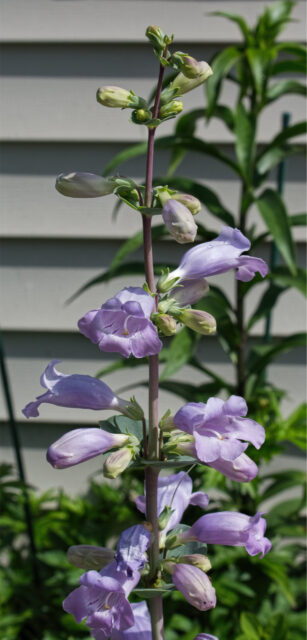
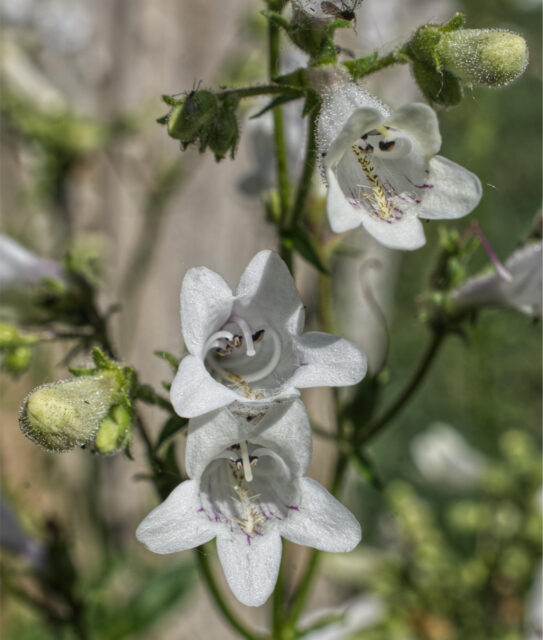
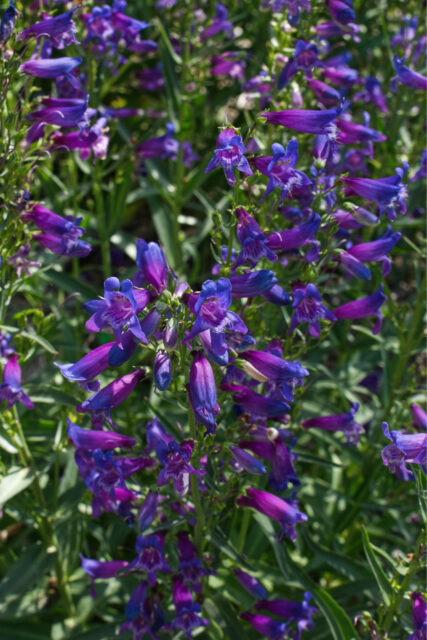
The penstemons I started last year all bloomed profusely in May. P. grandiflorus was the most spectacular with spikes of glaucous foliage and two-inch-long pale lavender flowers, but its show was the briefest, lasting only a few weeks. P. digitalis and P. barbatus “Twizzle Blue” had flowers half the size, but the display from both lasted well into June. All three are easy from seed if you have patience. P. heterophyllus “Electric Blue,” which I purchased as a plant, provided over a month of brilliant blue, but then it died back, and back, and back some more, and was gone.
Callirhoe involucrata is the prettiest of all weeds in the prairie lawn, with a splendid display of bright magenta flowers in early summer. Prairie Moon Nursery claims that it is well-behaved: “Mature plants spread out over about 3 feet. Despite these rambling habits, Purple Poppy Mallow plays nicely with others – topping out between 6 and 12 inches – which allows enough sunlight for other plants to poke through and share the spotlight.” Well, maybe — if grown hard with minimal water. In good soil with regular water, once established it becomes monstrous, rapidly overwhelming everything nearby. I’ve kept the plants hacked back, and they’ll be coming out entirely soon.
Helianthus mollis supplied a lot of bright yellow in August. I like the perennial sunflowers, but I can recommend them only with reservations. Both H. mollis and H. maximiliani are aggressive growers, spreading rhizomatously and freely reseeding themselves. They do not belong in small yards or near property lines.
Most of the Silphium laciniatum won’t bloom until next year or later, but one did throw up a couple of flowering stems. These reached about five feet and produced sunflower-like blooms for a good two months. I expect in future years it will be seven or more feet tall.
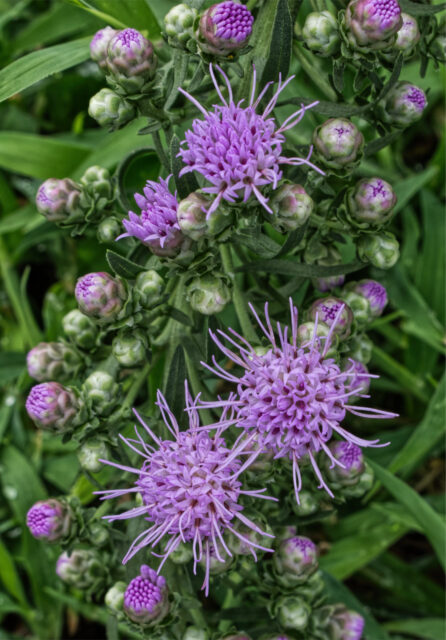
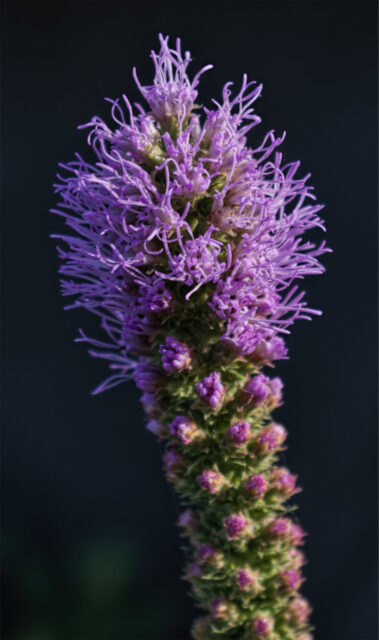
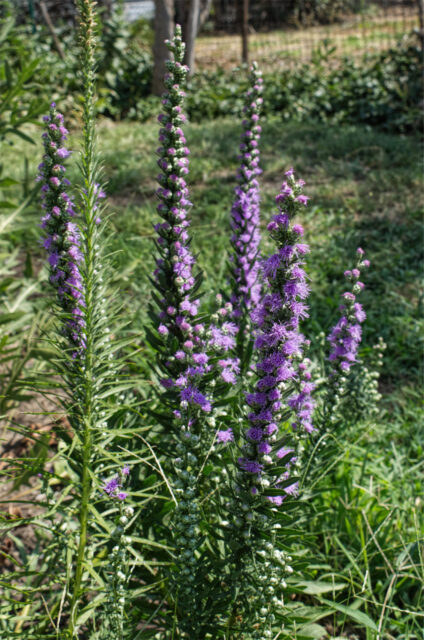
There were three distinct species of Liatris in the packet of L. aspera that I started last year. I presume that the most numerous were the true L. aspera; these were the last to bloom. Although the flowers were as advertised, the plants were floppy and will be staked in the future. Two of the Liatris plants were different. Both were stiffly upright. One was about five feet tall and had the flowers closely packed on the stem; the other was similar to L. aspera, but smaller and bushier. I might save seed from the last one.
Monarda bradburiana is about half the size of the usual garden monardas. It is covered with pale lavender flowers spotted with purple for a few weeks in spring, but it doesn’t rebloom, even if you deadhead it. It spreads, but not as aggressively as other monardas. It needs water during hot, dry weather.
Thermopsis caroliniana, or T. villosa, has spikes of yellow pea flowers in early summer. My plants grew five feet tall; I gather they’re usually shorter. It’s easy and tough, but it’s a poor substitute for Russell lupines.
The biennial Oenothera rhombipetala bloomed lightly its first year and more heavily early this summer. The spikes of yellow flowers open in the evening and close the next morning. It’s okay, but nothing brilliant, and I probably won’t grow it again.
Salvia transsylvanica has spikes of dark blue flowers, and it doesn’t mind hot and dry weather. However, the plant tends to ramble, and it enthusiastically reseeds itself. I’ll dig most of these out and look for more well-behaved salvias in the future.
Achillea millefolium “Summer Berries” was not as advertised. The plants were unkempt and floppy, and the flowers mostly washed-out pastels. They’ll be gone soon. OutsidePride is not a reliable source for seeds.1
Baptisia australis grew strongly but didn’t bloom. Maybe next year.
Most of this year’s seedlings won’t bloom until next year. The one that did flower, Echinacea “Prairie Splendor Deep Rose,” turned out to be quite to the taste of silvery checkerspot caterpillars. It survived the onslaught, and the flowers are nice. I expect a good show next year.
A disappointment: Phacelia sericea looked interesting, so I ordered seeds. The seedlings grew well for a while. Then it was July and August, the days hot, the nights warm and humid. P. sericea is an alpine species — the seeds were collected at 12,150 feet in Colorado — and none of the seedlings survived. I’ll have to find another source of gold.
Other seeds I started this year include several more species of Penstemon, mostly reds and blues from the western states. So far they are all looking good, and winter should not be a problem for them unless it’s freakishly wet. (Kansas weather is normally freakish, though, so we’ll see.)
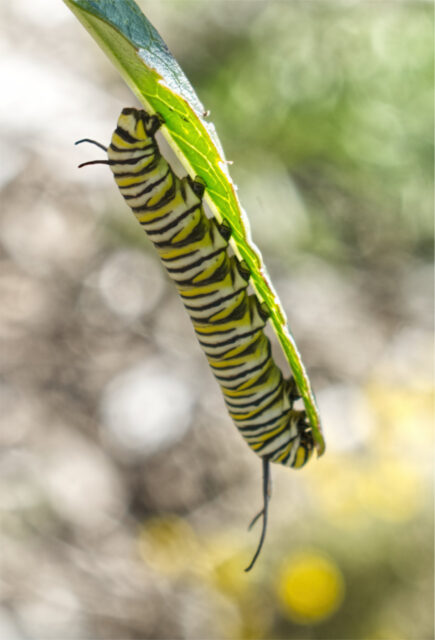
Notes
- OutsidePride carries a very wide selection of seeds, including many that are hard to find elsewhere, and include a generous quantity of seeds in most packets. I ordered from them for several years. The majority of purchases did in fact grow well. However, between 15% and 25% had problems. Sometimes the seeds that did well the first time I ordered them had 0% germination the next time; sometimes the plants that grew were different species than those pictured on the packet; sometimes the plants did not behave the way they were advertised to. I do not recommend ordering from them unless there is no other source for what you want.

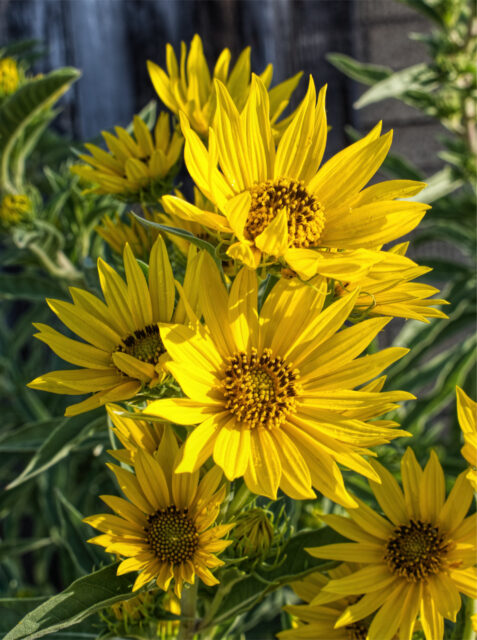
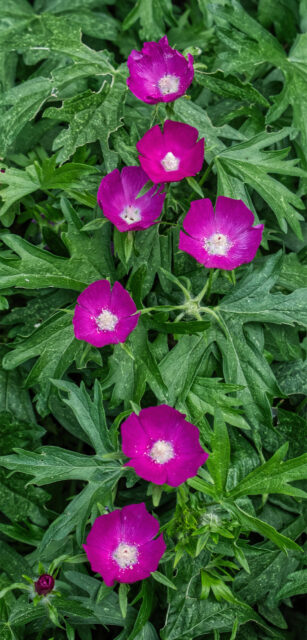
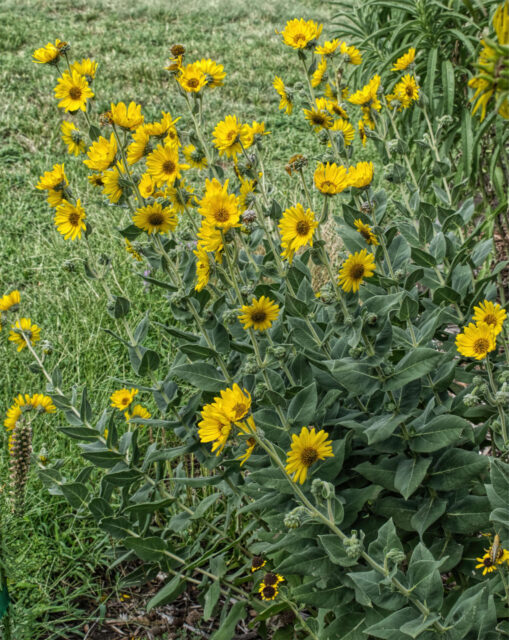
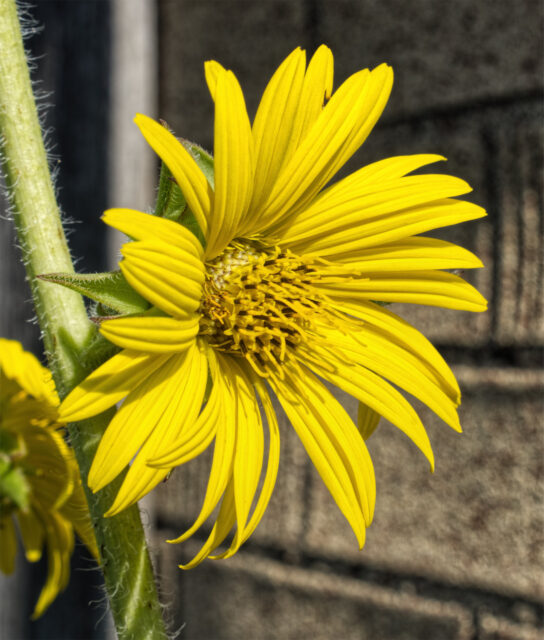
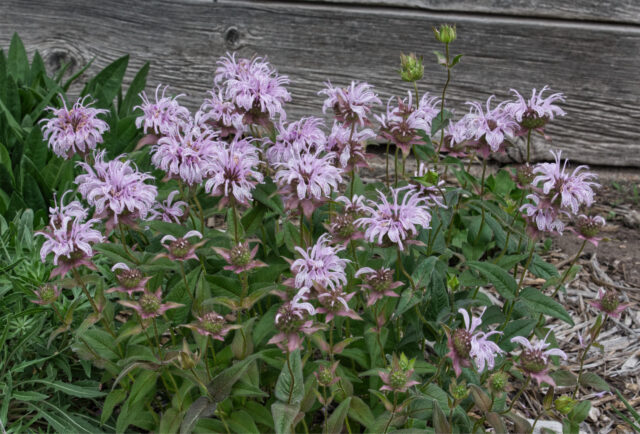
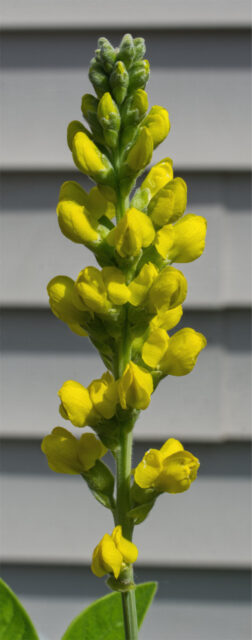
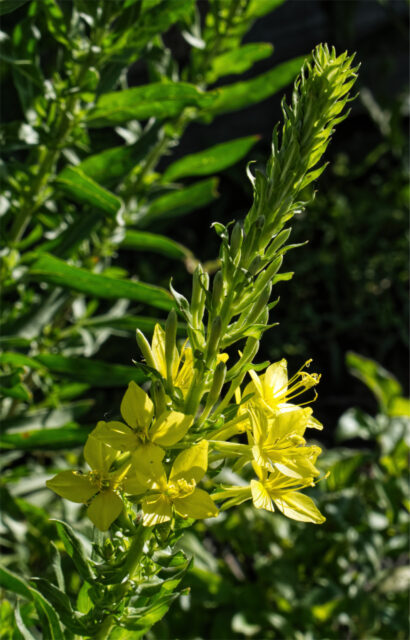
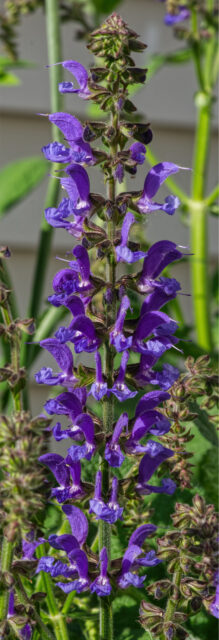
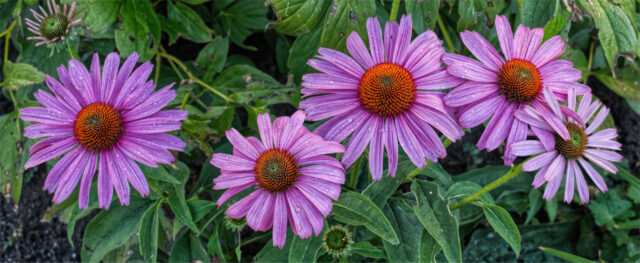
Great photo and notes!
Thank you.